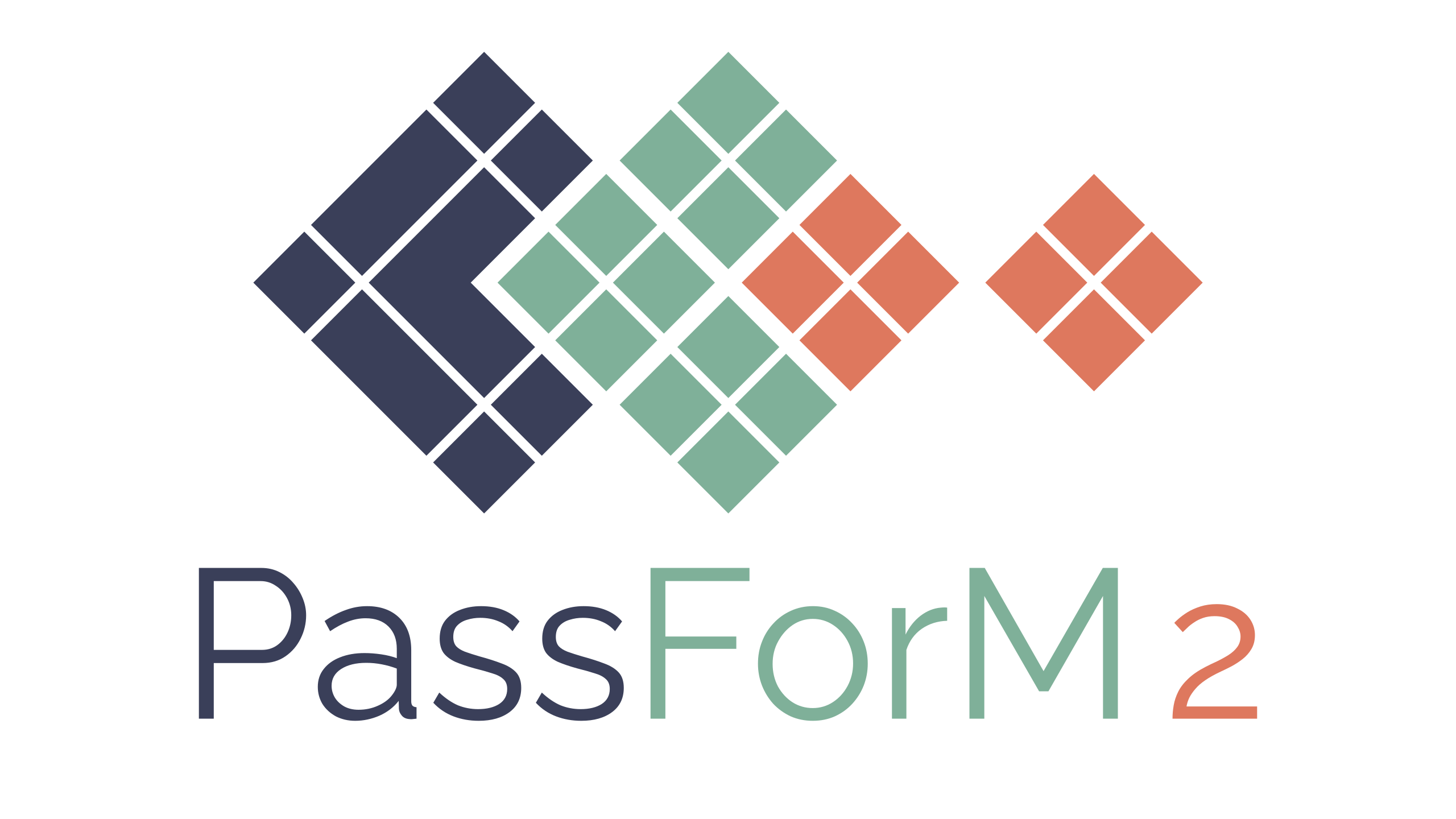In a previous paper, we presented a rough concept for a modular assembly station in the context of Industrie 4.0. In our recently published paper at CIRP ICME 2022, we expand on this concept using application requirements.
To define and quantify these requirements more precisely, workshops were held with industry experts. Both the user perspective and the technical dimension of the solution were considered. The most important perspective for the use of a modular assembly workbench is that of the operator. Workshops were held with former operators, developers, distributors and potential users of assembly workbenches to better understand the operator perspective and derive requirements.
In further workshops for hardware and software interfaces, technically skilled staff identified potential challenges in implementing the intended solution. A recurring problem was the interface between the modules. This resulted in requirements for data transmission, secure connection between the modules and questions regarding the physical design due to different connector systems. Other requirements related to the mechanical design of the modules, the electrical loads due to the networking of the modules, the control of the modules and the prediction of the cycle time during the automatic execution of the process.
Finally, the requirements mentioned by users and technical experts were combined with findings from the literature to objectively identify the core features of RMS. This resulted in twelve essential requirements for modular and reconfigurable assembly systems.
We are currently working on the design and manufacture of modules with different capabilities such as autonomous handling, conveying and material staging. Our goal is to validate this system in lab tests for manual and hybrid assembly processes. We are also working on process-driven layout planning and the creation of design guides for modules and systems based on the specific requirements of assembly processes. In the future, we will discuss how such a system can plan and control production and how it can contribute to the optimal use of its flexibility.
The full paper is available for download here.
